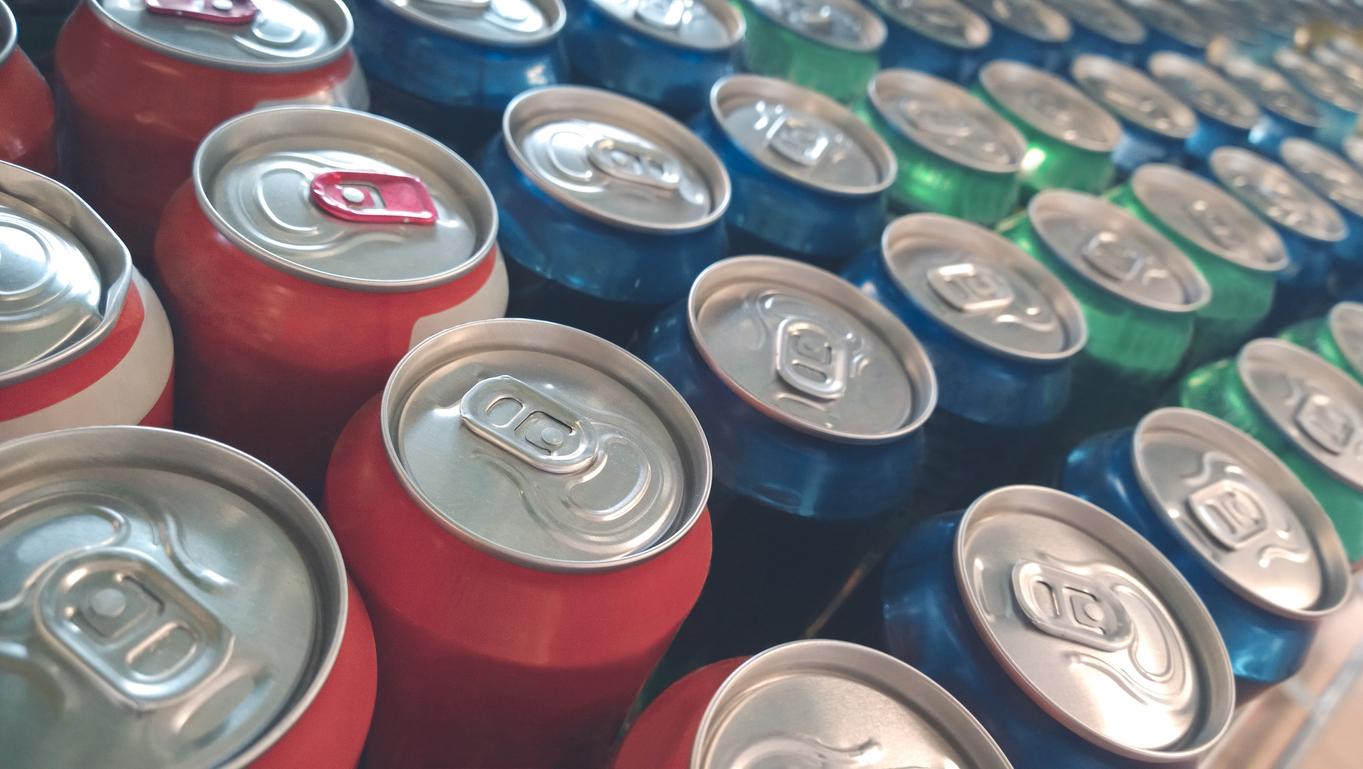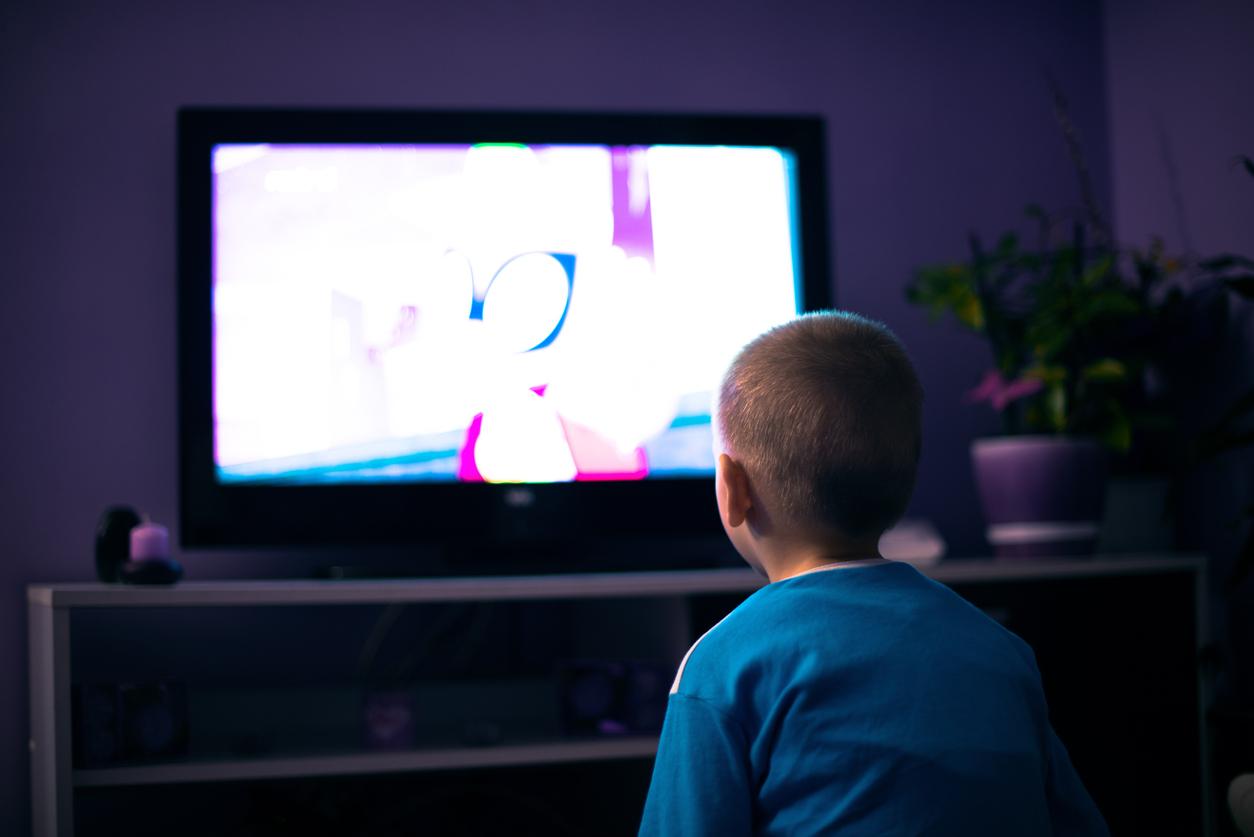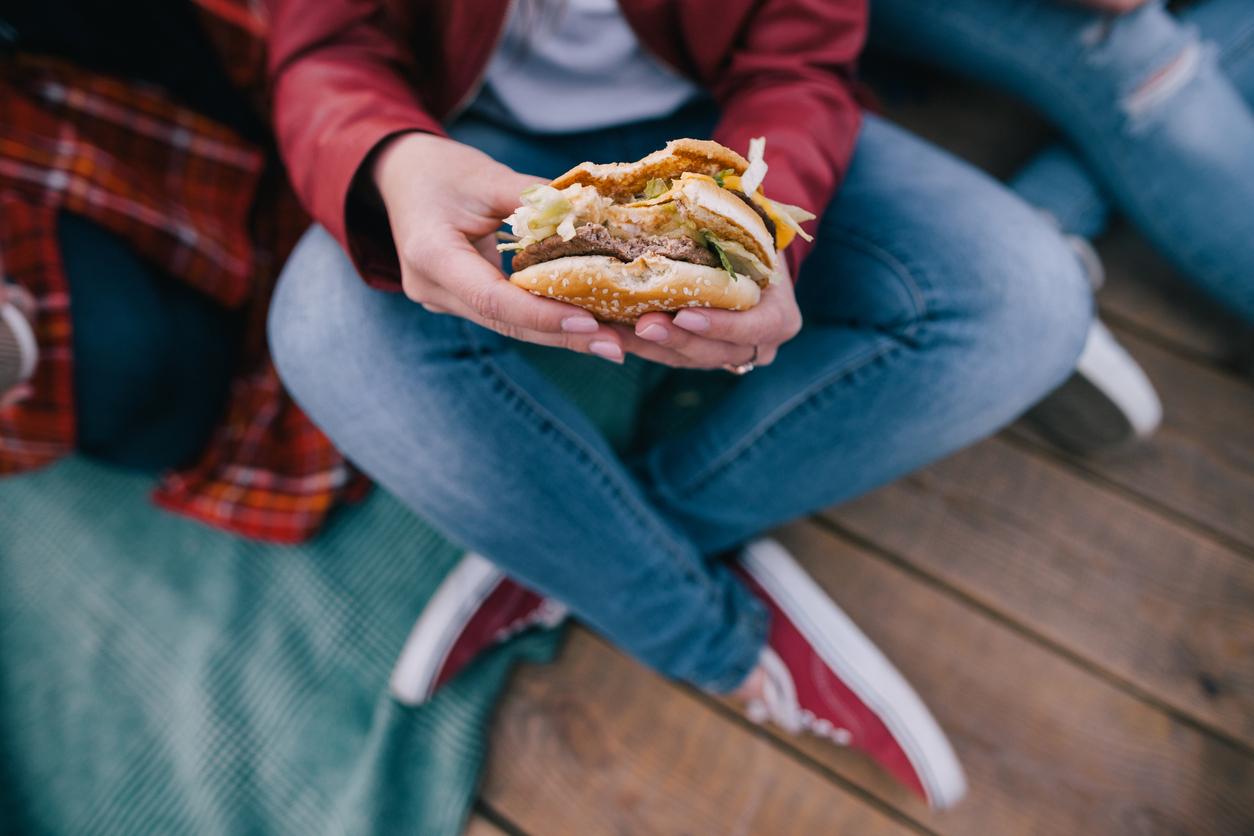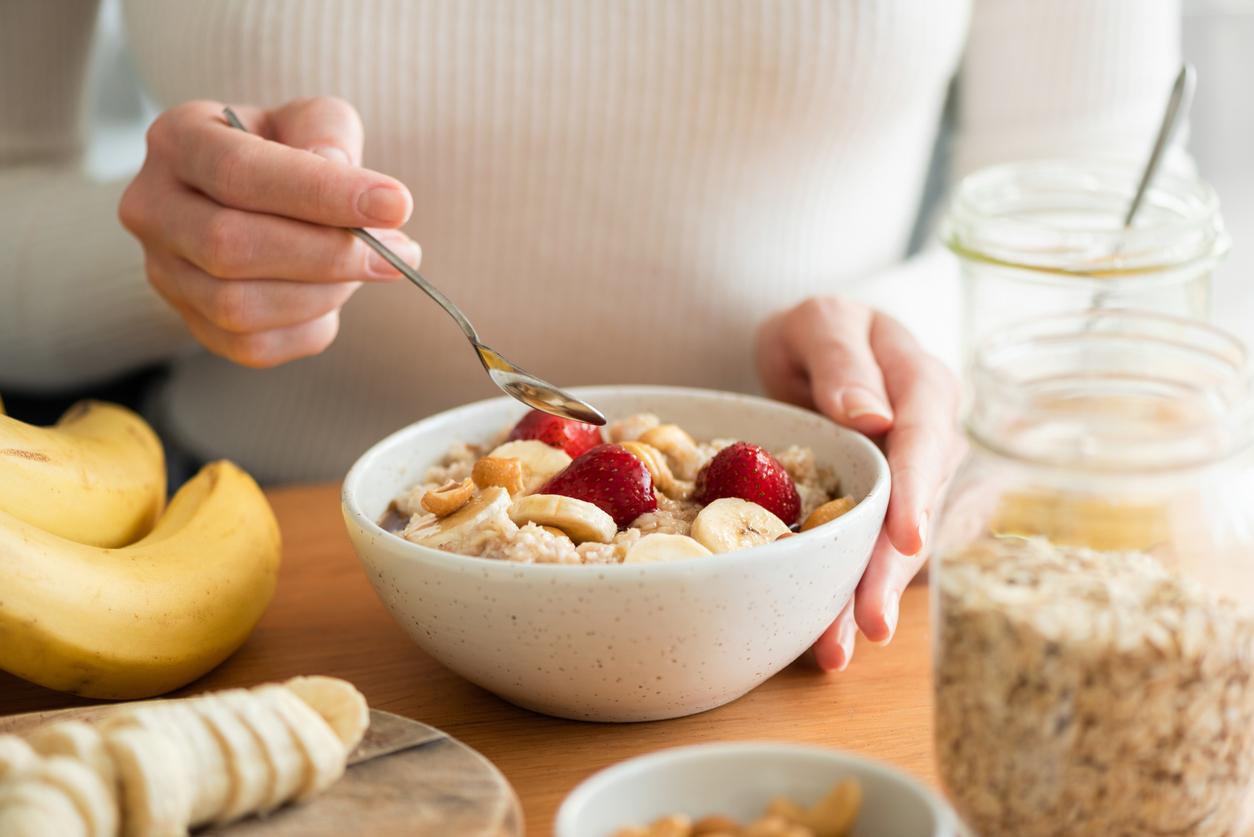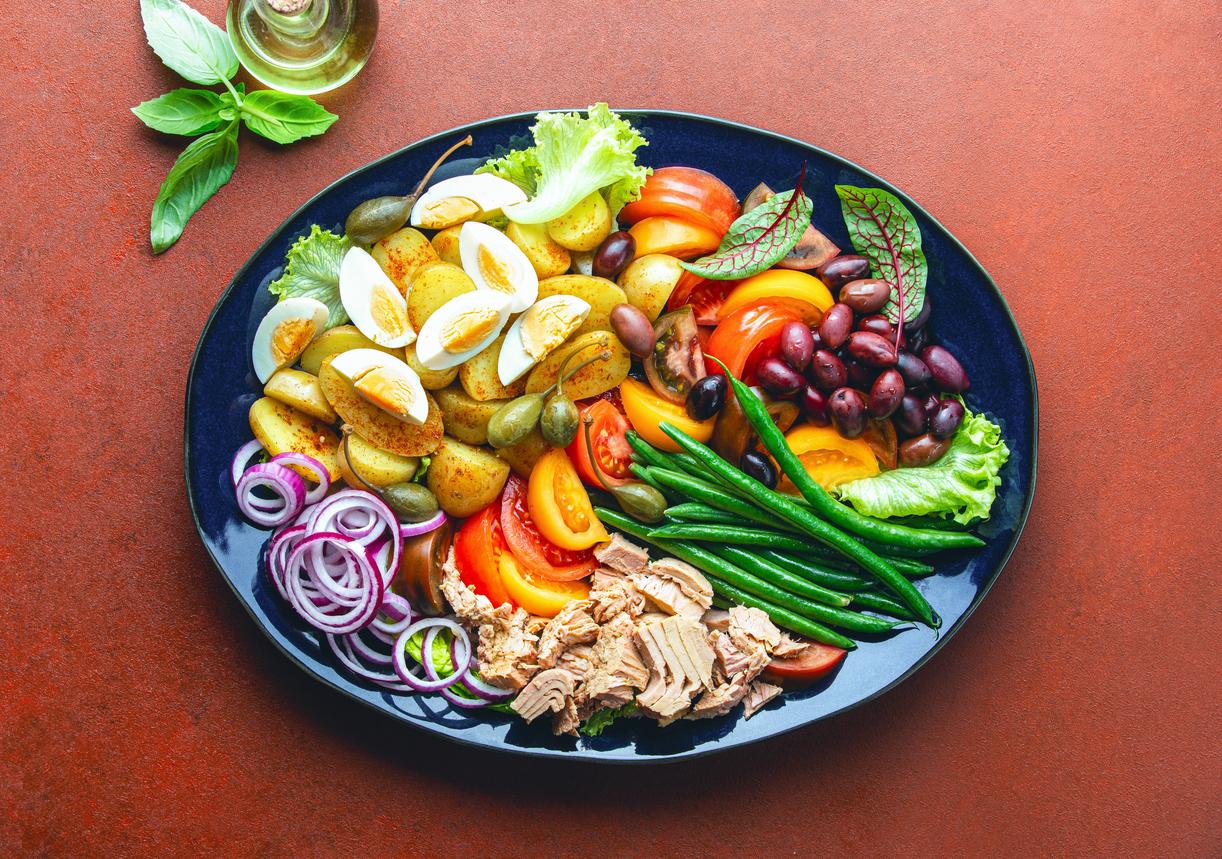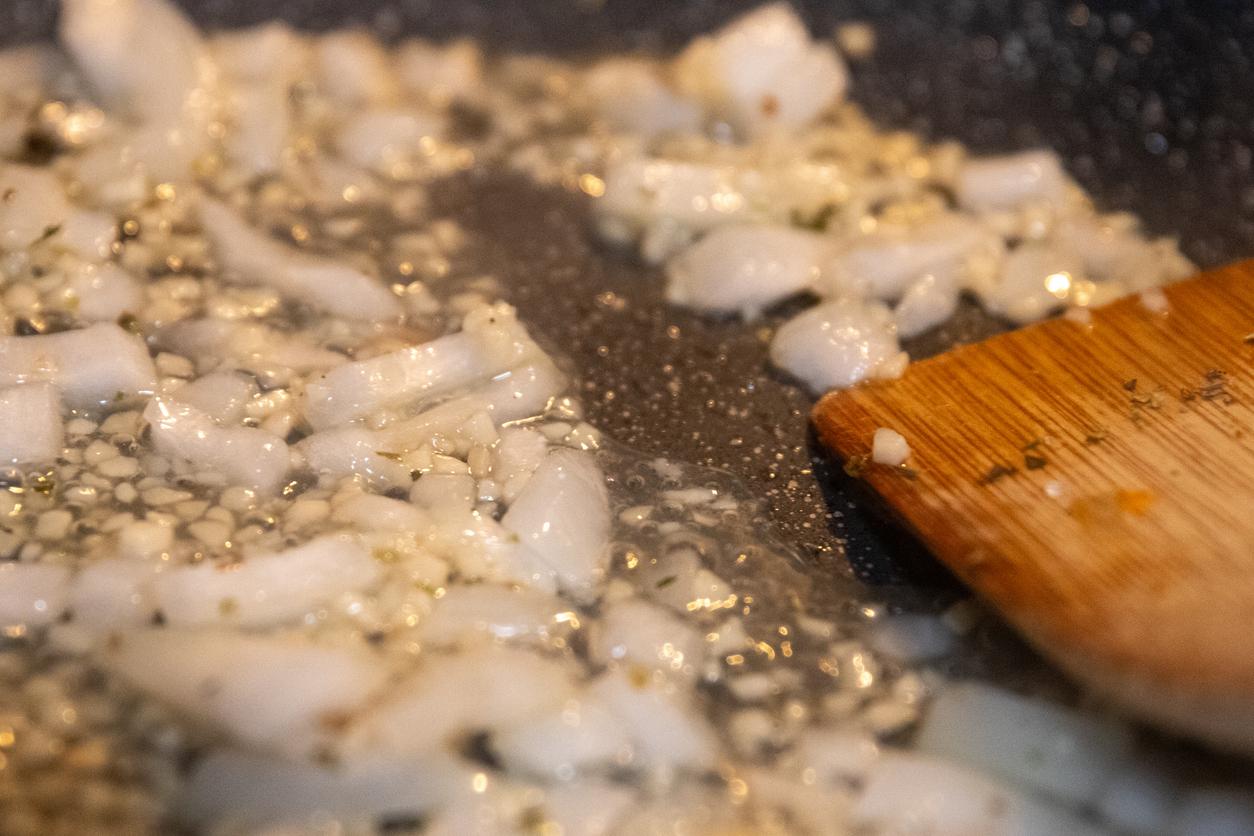They are breaking audience records, but when it comes to food safety, cooking shows have work. 70% do not respect the ground rules.

Gluttony hits the world, and France has succumbed. The best pastry chef beats audience records on M6. This November 9, the cooking show monopolized the channel. After the pastry competition, one hour is devoted to making a meringue. Something to make the most greedy salivate… except for one detail.
These shows do not set an example in terms of food security. This is what a study published in the Journal of Nutrition Education and Behavior. Far from avoiding the risks of food poisoning, the staged practices could promote them. And give bad habits to those who greedily follow them.
Wearing gloves, temperatures …
“It seems that little attention is paid to food safety during most cooking shows. A stern conclusion, but deserved. Because researchers at the University of Massachusetts (United States) have submitted several episodes to the judgment of inspectors, who completed a 19-point questionnaire. It assesses the key elements of safety, such as wearing gloves or respecting cooking times. The competitors are far from respecting the basic rules.
In total, 70% of the episodes viewed do not comply with food hygiene rules. “Food safety practices are only mentioned in three episodes,” says Nancy Cohen, co-author of the study. Only four practices met the recommendations in more than 50% of the episodes. This should make your mouth water less.
82% of participants respect the nail care required of any cook, professional or amateur. This is undoubtedly the only area where “restaurant quality” is followed to the letter. The failure rate for wearing gloves varies from 85 to 100% depending on the emissions.
Any viewer can easily see the impact: wiping your forehead before returning to the pan does not do any good. As for the little photogenic Charlotte, she is quite simply absent from the sets. 93% of participants also fail to respect cooking times and temperatures. More worrying: so many do not clean their hands and utensils according to the rules. Not to mention those who taste their dishes … and re-use the utensil afterwards.
Note hygiene
These results are all the more worrying as in the United States, 73% of the population is informed through these television broadcasts. Bad habits are therefore taught to a large population. In France alone, The best pastry chef brings together more than 3 million viewers for each broadcast.
However, the authors do not give in to fate. MasterChef and other programs do not lead by example, but they can improve. The researchers provide several solutions: train all participants in good practices before staging, modify the environment to ensure food safety. Perhaps the most ruthless weapon would be to make respect for these rules a rating parameter. Because the problem is real: in Europe, more than 5,200 infectious outbreaks have occurred through food.
A nutritional model to review
When it comes to nutrition, cooking shows do not set an example either. Published in the journal Appetite in January 2016, a study suggested that these programs promote weight gain. Conducted with 501 young women, it shows that those who get information through television have a higher BMI. Those who watch them most often weigh, on average, 5 kilos more.
This is not the only problem raised by the scientific literature. In its Christmas edition, the British Medical Journal compared the recipes from the shows to 100 ready meals available in supermarkets. The results are not brilliant: no menu is within the framework of the recommendations of the World Health Organization (WHO). Only prepared meals do well in terms of carbohydrates, sugars or fibers.
.






